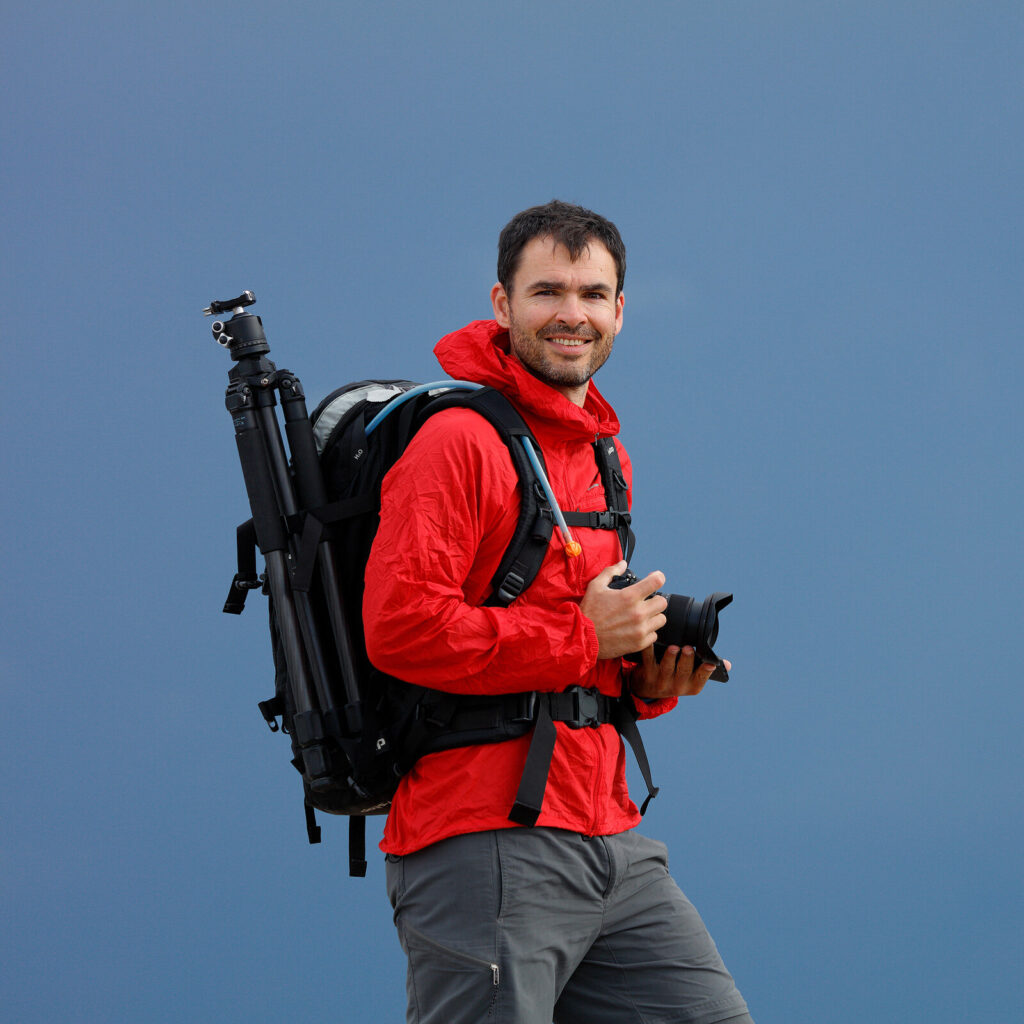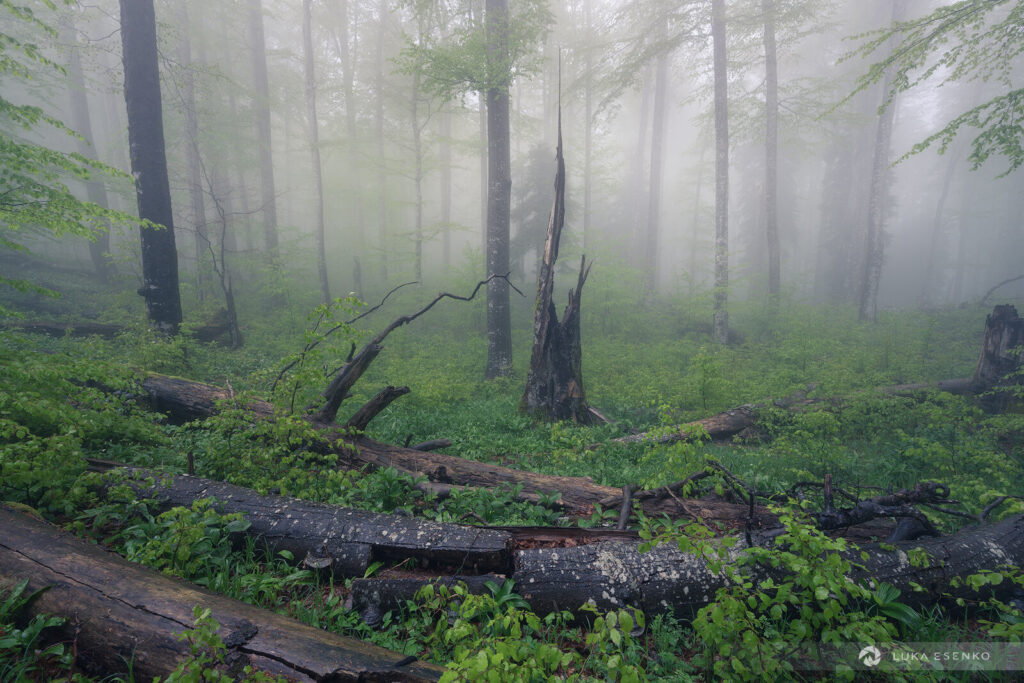Interview by Brynn Schmidt, Nature First Staff, all responses and photos by Luka Esenko
Nature First partners with organizations that share our goal of protecting and preserving the world’s natural and wild places. Both PhotoHound and its founder, Luka Esenko with Ensenko Workshops, are partners with Nature First and align well with our mission and goals. We asked Luka to tell us more about PhotoHound and why they partner with Nature First. We hope you enjoy getting to know him as much as we have.
Tell us about PhotoHound
PhotoHound is a community where photographers share and find the world’s best photo spots. We are a small team of four photographers, distributed in four different places: London, Wales, Berlin and Ljubljana. We created PhotoHound because we believe there is a better way to share photo locations with the photography community – one where we lead by example and put nature before getting the shot. Our mission is to inspire photographers to explore creatively but responsibly, taking care of the locations we shoot. We’re continuing to ‘bootstrap’ PhotoHound and have made the decision not to pursue the route of seeking venture capital investment so that we can stay true to our values. For us, it’s about building a lifestyle company that will allow us to share a percentage of our revenue with the photography community and charitable organizations that support environmental initiatives.
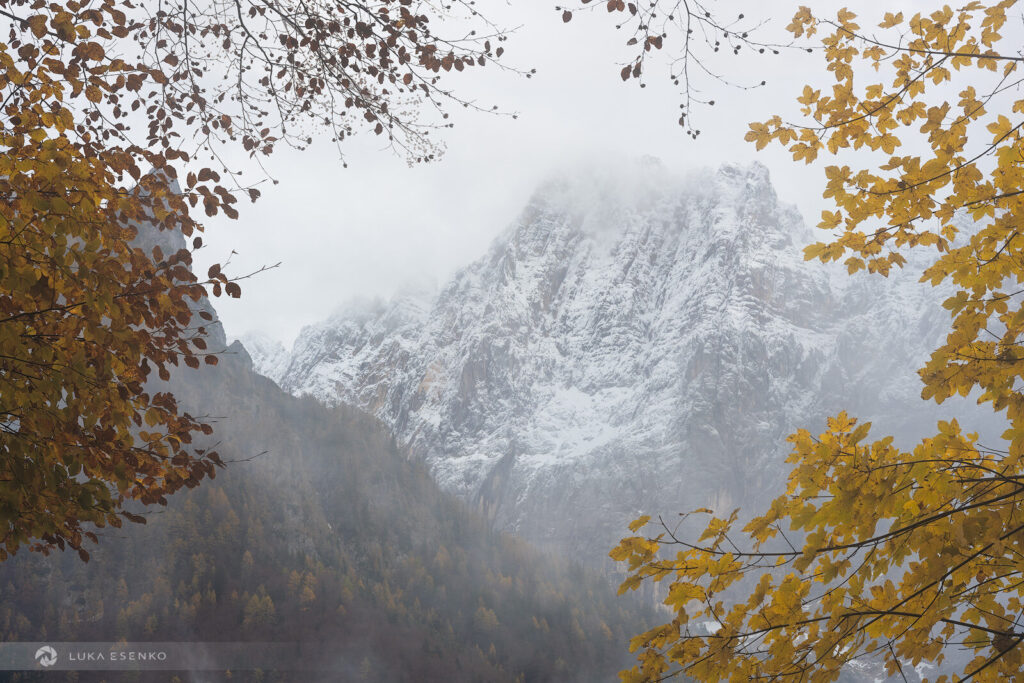
What led you to partner with Nature First?
The main reason is that we share common values about protecting nature and our environment. We understand that sharing locations can have negative consequences and we wanted to do this responsibly and with minimum impact. The Nature First community has a lot of knowledge and we believe that we can learn and improve through our partnership.
Most people would question why a company that shares photo locations is a partner of Nature First. What is your approach and how does it align with the Nature First principle of “Use discretion if sharing locations”?
This is a fair question and here are a few thoughts on this. Firstly, we will never be able to stop people from going to places and taking photos. If someone wants to find the location of a particular Instagram shot, the information is out there. What we can do is to educate people on how to approach (or avoid) these locations and to do so responsibly. We can explain why it is problematic, what photographers can do to help, and reiterate that no shot is worth damaging the environment. Secondly, what if we offer alternative locations? There are many photographers out there who would prefer to explore less popular places – places that are safe to visit and without hassle. This is exactly what the New Zealand tourist board has been trying to do; to lead people away from the overvisited Instagram spots to alternative places that can support an increase in visitation. If you haven’t already, do check out their social media campaigns – they are to the point and brilliantly funny.
We also need to put things into perspective. Most of the spots on PhotoHound are fine to be shared and enjoyed by photographers who use some common sense. Many are urban areas, places with proper tourist infrastructure, and marked trails. Equally, there are a number of locations that we would not share on PhotoHound for obvious reasons. It’s not always black and white, hence the Nature First principle to use discretion if sharing locations. It’s also the reason we created a way for photographers to tag each location as either “Shoot Freely” or “Shoot with Care” requiring some additional advice. We also look at which locations should be rejected for sharing by the curation team because they are “too fragile”.
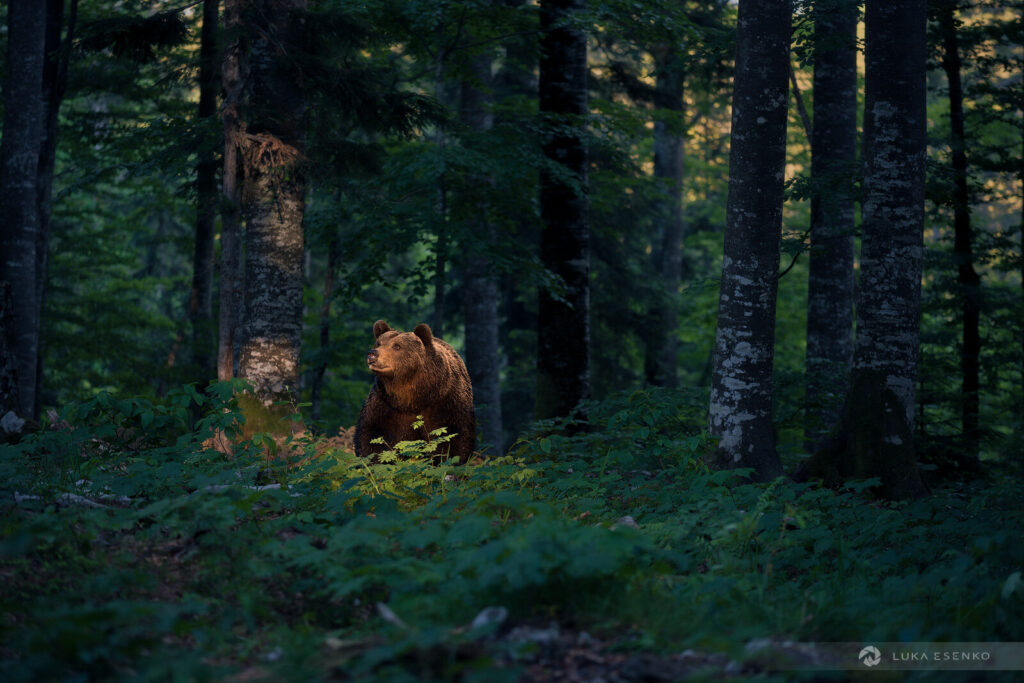
You seem to have significantly changed your approach to photo sharing from the early days of your previous company, Snapp Guides. What led to this change?
We realized that there was a more inclusive way to share locations rather than by publishing single author guides, so we pivoted to introduce community contributed content on our website. Now everyone can add a spot or an image.
The PhotoHound team curates every spot that is added to our platform. We reject spots where we think revealing the location would harm the environment or cause problems with local communities. The tagging system ties in well with our responsible photography guidelines and encourages photographers to think about useful advice to give other visiting photographers. I’m happy to say that our community has adopted this very well and most people are very aware of the impact photographers (including themselves) have on the environment.
How has your audience reacted to the way you now do location sharing?
People love the idea that they can add locations themselves and share favorite places responsibly.They’re enjoying the app and we’ve seen a lot of amazing content shared on the world map. Our new approach is also more interactive; users are sending us reports and suggestions for improving the spots regularly. This led us to implement a commenting system for locations to make it even more community-minded and responsive to what’s happening at any location in the future. Our lead mobile developer, Anton, is an avid nature and landscape photographer. He joined our team after listening to the podcast at Matt Payne’s F-Stop Collaborate and Listen, where we discussed responsible photography and sharing locations.
What are you working on currently?
Right now we are finalizing the PhotoHound mobile app. This will allow our users to have our guides on the go and use the content in offline mode. We’re hoping to go live with the app at the right time, as people finally start to travel safely again.
Personally, I’m doing a lot of photography here in Slovenia. With Covid travel restrictions, I have more time to explore places I don’t usually go to when on workshops. This is quite refreshing but I’m looking forward to working again. I miss leading photography workshops and hanging out with people who have the same interest!
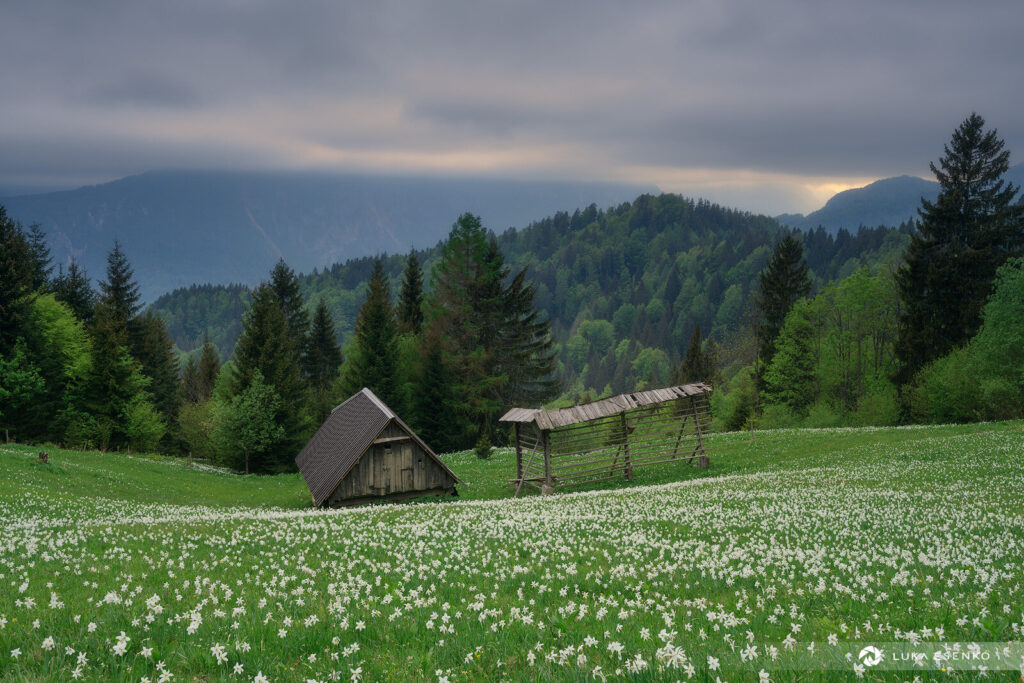
Then, for your workshops Luka, could you answer the following, “what does a responsible photography workshop look like to you? How do you implement Nature First principles into your workshops?
Responsible travel and photography has always been the basis for any of my workshops, even before it became a more widely known concept. I’ve always sought to provide an all-encompassing local experience that genuinely connects photographers with the places that they are visiting and photographing. As well as thinking about the natural landscapes we shoot, I focus on the food we eat, the traders we meet along the way, the quality of local accommodations we stay in, and the cultural experiences we enjoy.
So in practice there are many things. First of all, a small group really is a small group – six people maximum. This definitely means less impact on nature, but is also better for the participants. We always “shop local” for accommodations, meals, and even car rentals and other businesses we interact with. This way the money stays in the community we are visiting. A photography workshop is a great opportunity to promote the ideas of Nature First and responsible travel in an “organic” way. I strive to be a role model by leading discussions and educating others about local flora and fauna, local culture, and traditional practice.
We are so thankful that Luka took the time to talk with us and provide more information about his work and responsible nature photography. If you are interested in becoming a partner with Nature First, please contact us at info@naturefirst.org. Also, you can learn more about PhotoHound and Luka’s workshops at:
